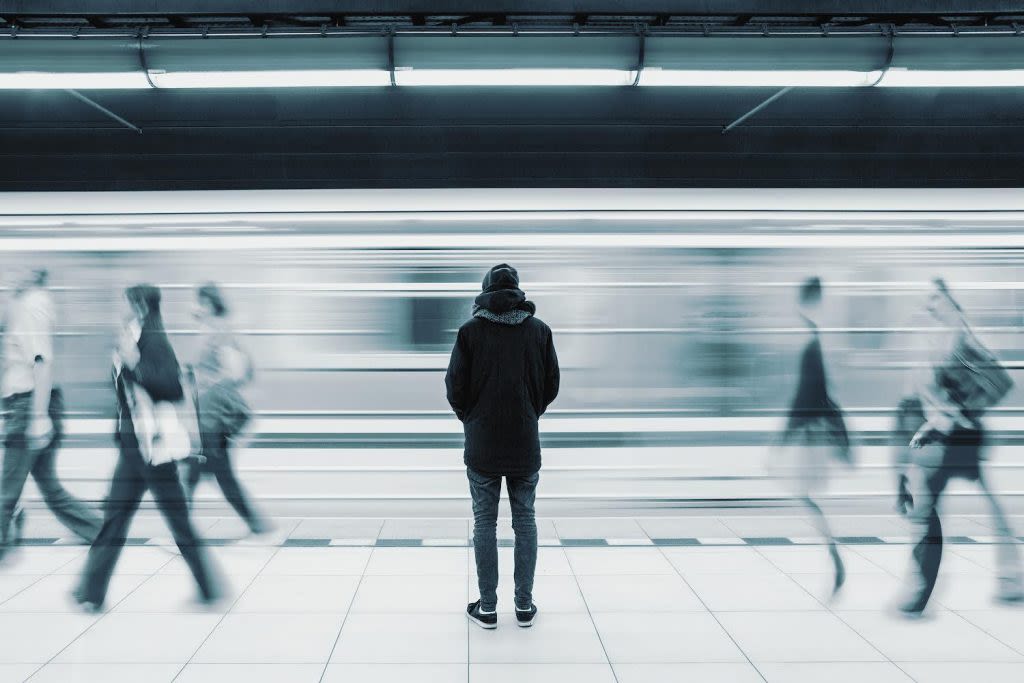
Layers of Loneliness

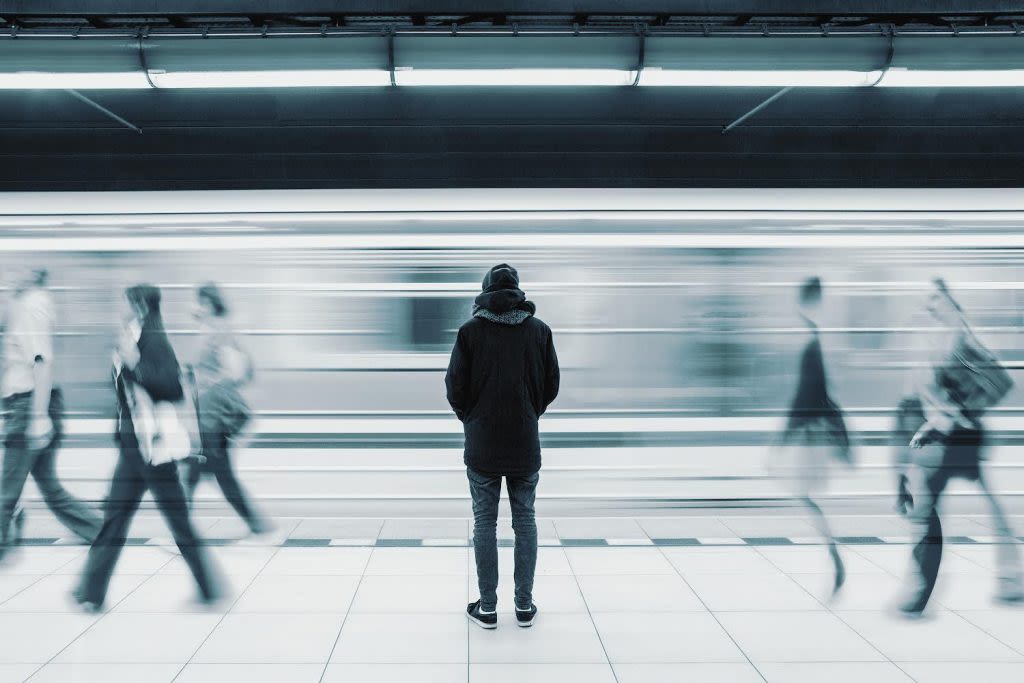
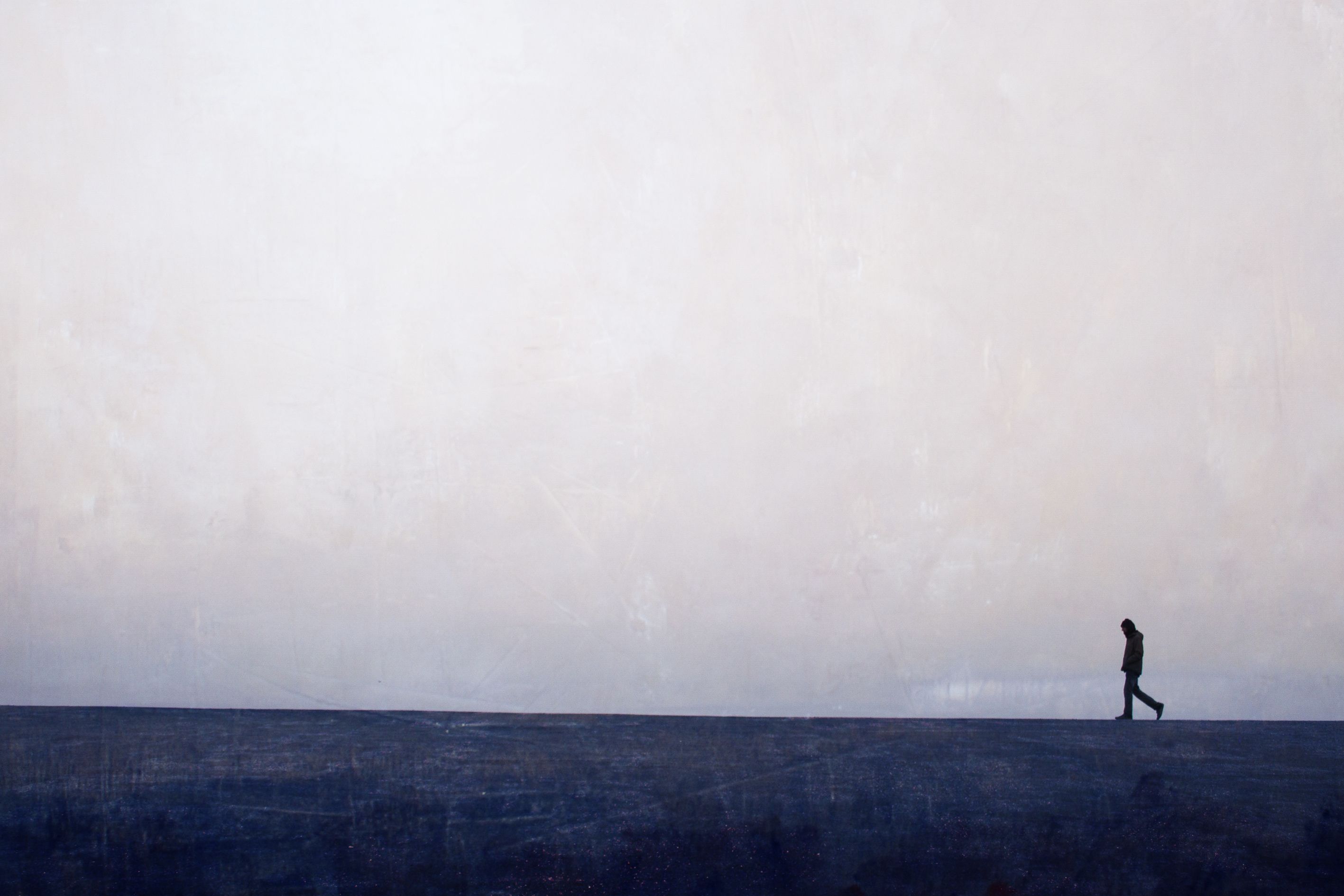
The Loneliness Epidemic
The science behind loneliness and how COVID
has caused more people to feel lonely

THE SCIENCE BEHIND LONELINESS
Everyone has felt lonely at some point in their lives. To some loneliness means having no family to spend time with. To others, loneliness might mean being left out of an event with friends. Every person you talk to will have a slightly different explanation of what makes them feel lonely. Because loneliness can mean so many different things to different people it can be a hard thing to measure and address. Loneliness is an illness. When most people think of loneliness they think of a feeling rather than actual cognitive effects on the brain and body.
The University of Chicago defines loneliness as a state of mind where the individual is not getting what they want or need out of their relationships. Because loneliness is a state of mind an individual can be surrounded by people and still feel lonely. Likewise, someone in complete isolation can be perfectly happy and not feel lonely at all.
There are two main types of loneliness, positive and negative. Positive loneliness is when someone isolates themselves on purpose in order to be more productive or calm. This loneliness is more commonly known as “privacy”. The other, negative type of loneliness is seen when someone’s social needs are not being met despite their attempts to meet them.
Because loneliness is more a state of mind rather than a physical state it can be a hard statistic to track and measure. Many studies rely on people self-reporting their loneliness. This is because an individual can only be classified as lonely when they have a negative feeling of loneliness. According to Statistics Canada, 1 in 10 people over the age of 15 always or often feel lonely.
In September of 2021, the Canadian Social Survey showed that women were more likely to feel lonely then men.
In the instance of extreme social isolation, it has an extreme effect on a person's mind and body. There have been a few experiments to find out the effects of prolonged social isolation.
In 1964 Josie Laures and Antoine Senni disappeared into two separate caves in the French Alps to find out the effects of prolonged isolation. Senni appeared after 126 days having completely lost their sense of time, thinking that only a few months had passed.
In the 1950’s Canadian psychologist Donald Hebb paid $20 a day to graduate students at Mcgill University to stay completely isolated in tiny rooms. After a while, their mental cognition started to deteriorate and they experienced vivid hallucinations and extreme restlessness. One student described feeling that his body was in two places at once and he found it hard to differentiate which one was real
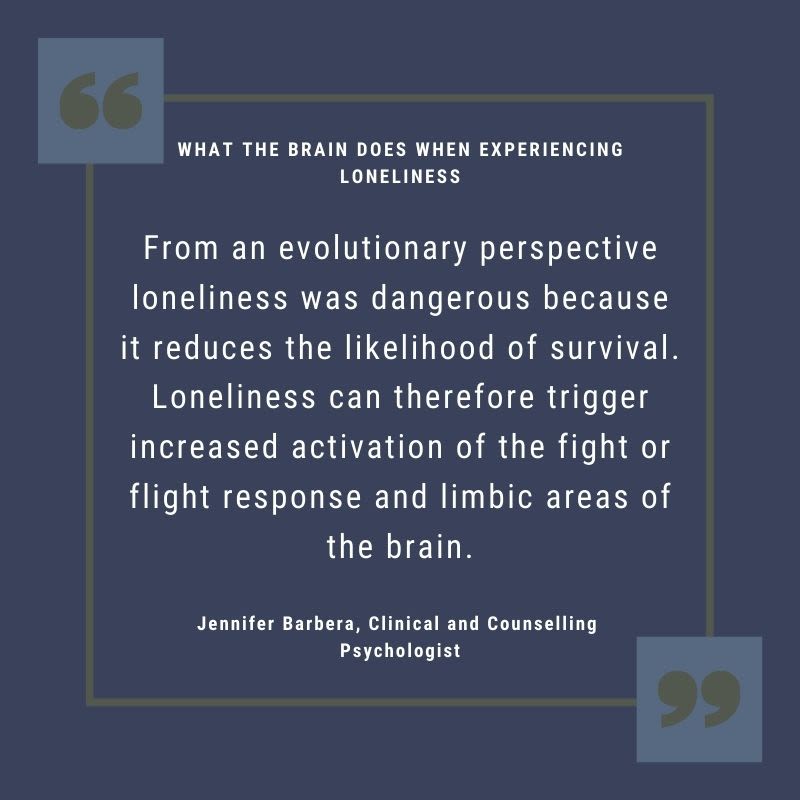
Registered Clinical and Counselling Psychologist, Jennifer Barbera, spoke about what the brain actually does when it is experiencing loneliness. She said “ From an evolutionary perspective loneliness was dangerous because it reduces the likelihood of survival. Loneliness can therefore trigger increased activation of the fight or flight response and limbic areas of the brain.” The Limbic system is the part of the brain that is responsible for behavioural and emotional responses.
Most people who suffer from loneliness often suffer from other mental illnesses. According to a Canadian study, close to half (49%) of people who claimed they were lonely also said their mental state was poor or fair. In severe cases loneliness can lead to other possibly fatal medical conditions. Studies have shown that loneliness could lead to cardiovascular diseases, high-blood pressure and inflammation. When asked about this, Jennifer said “ depression, Social anxiety and alcohol or drug use,” are often accompanied with loneliness.
Loneliness is more than just feeling a bit sad because your friends are busy. It’s a crippling and sometimes fatal mental condition that often gets shrugged off as just seasonal depression or wanting attention.
Studying and tracking loneliness is important as feeling lonely for long periods of time can have negative impacts on a person’s health and well-being. Some of these effects include depression, anxiety, high blood pressure, and even dementia.
COVID AND LONELINESS
While loneliness has been a rising issue even before the pandemic, it’s true that the spread of COVID-19 has worsened feelings of loneliness. Being the first pandemic for nearly everyone, people from across the globe were confined to their homes for weeks on end. If residents of Italy wanted to leave their homes, they had to prove it was for a good reason by filling out a form. Countries like New Zealand closed their borders to the world, and if any cases popped up, they would go into complete lockdown. Australia only recently opened their borders to international travelers.
The impacts of COVID-19 have no doubt left many of us with feelings of loneliness and isolation.
“I think there are some people who are more vulnerable to the changes that COVID has imposed on us or you know, the restrictions that we’ve been dealing with,” said Kristi MacDonald, a teaching assistant at Western University. She recently did her thesis on smartphone use and loneliness during COVID.
During her research, which took place in London, Ontario, there wasn’t much of an increase in loneliness between February 2020 and November 2020. However, smartphone use went up by half an hour a day. This may not seem like a lot, but it is.
In a study conducted by IPSOS between December 2020 and January 2021, it showed that loneliness had increased all over the world in the previous six months.
In the UK, loneliness among younger people and students seems to not be talked about enough. Popular results when you look up 'Covid and Loneliness' are articles and stories almost always about older people. Logically, this might be due to the lack of studies done on younger people after the pandemic.
According to an online research paper by BMJ Journals on loneliness, coping, suicidal thoughts, and self-harm during the COVID 19 Pandemic, "The proportion of individuals who felt lonely increased sharply from 9.8% to 23.9% after the UK lockdown began. Young people (aged 18–24 years), females, students, those who were unemployed, and individuals with pre-existing mental health conditions were more likely to report feeling lonely and not coping well" (2021). This only got worse after wave 2 hit, with the results increasing up to 25.7%.
These results were immediately linked to the also scary increase in self-harm and suicides in 2020. "While a rise in suicide as a consequence of the pandemic is not inevitable, the rise in loneliness in young people and the association with suicidal thoughts and self-harm are of concern particularly given the findings of a recent report from the National Child Mortality Database which identifies a potential increase in suicides in under 18 year-olds in the early period of time after lockdown" (2021).
Any lockdown measures and/or orders should inmediately be followed by initiatives aimed at, not only protecting mental health against loneliness and isolation, but also finding ways to improve coping mechanisms and resilience under all the stress caused by the pandemic, in this case.
We conducted a simple poll in April 2022 and asked people to define loneliness and if they had experienced loneliness during any stage of lockdown in the UK.
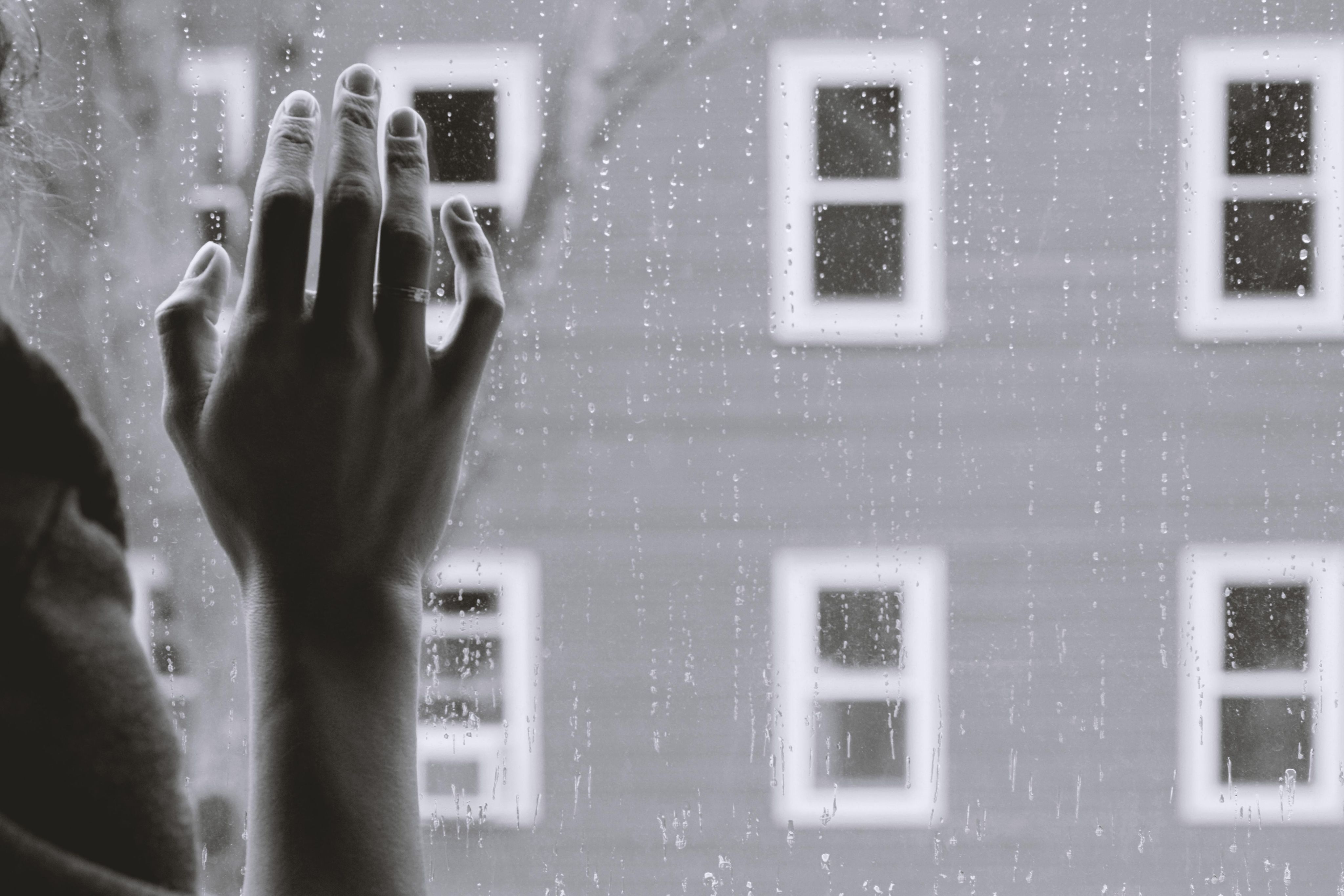
Photo by Kristina Tripkovic on Unsplash

Photo by Aaina Sharma on Unsplash

Photo by Anthony Tran on Unsplash
Loneliness Around The World
Loneliness affects everyone across the globe.
During our research, we discovered some places
and people are lonelier. This section explores the places
and 3 extreme areas of loneliness - prison, seniors living alone,
and those experiencing homelessness.
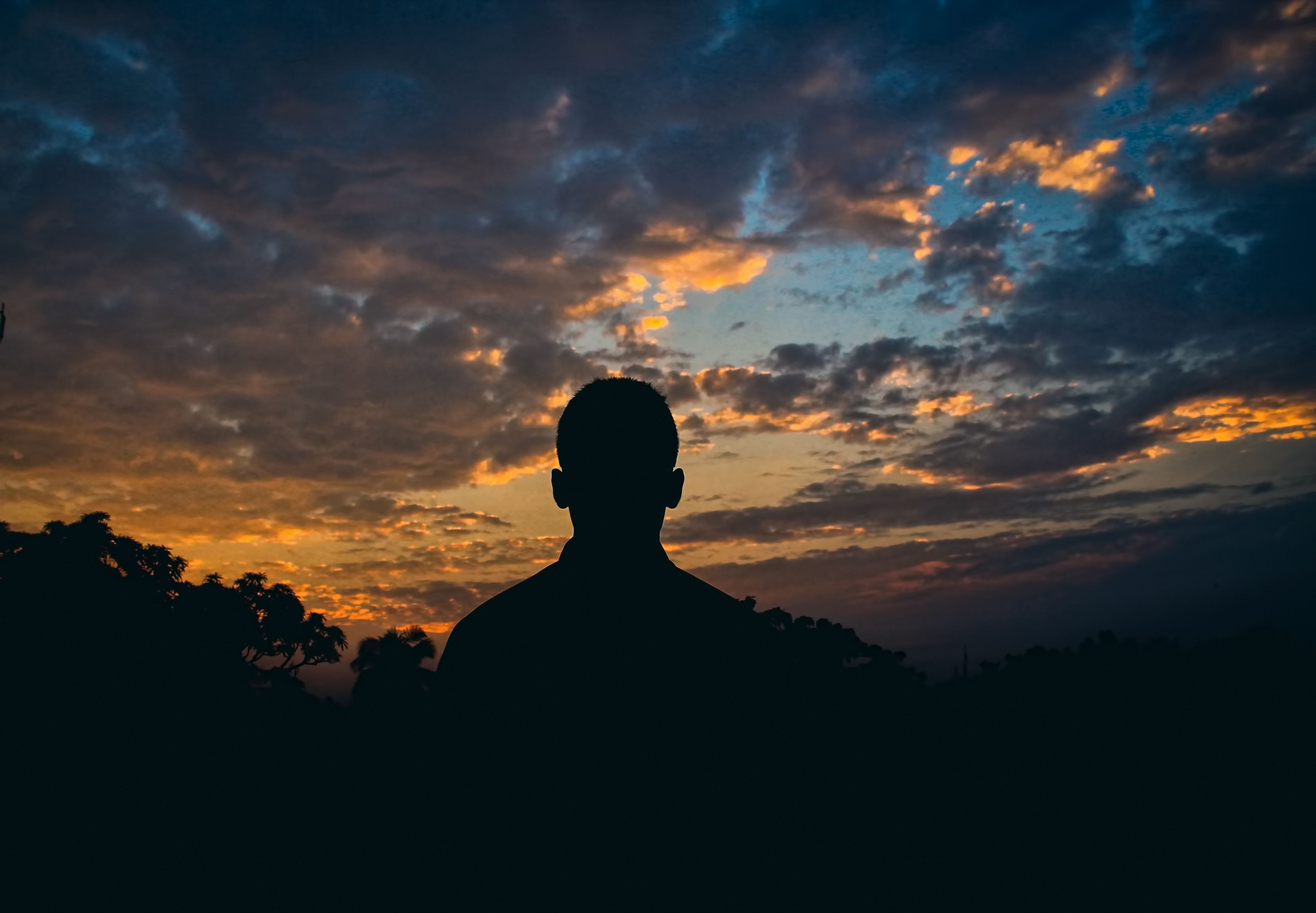
Loneliest Countries in the World
Loneliness is a difficult thing to track. This means different studies will rank countries differently when measuring for the most lonely countries.
As technology advances many people have come to rely on electronic communication for the majority of their socializing. 14% of people in Japan report they have no social interaction outside of electronic devices. This lack of in person face to face interaction could be adding to feelings of loneliness.
Here are a few of the loneliness places across the globe.
Brazil
Brazil has the highest rate of self-reported loneliness. The world average is 33% while Brazil’s rate is around 50%. This means that roughly half of all Brazilians have negative thoughts regarding their social relationships. This rate is the highest among adolescents in Brazil. Most of the respondents to surveys blamed their feelings of loneliness on violence among family and friends as well as drug problems. Even though these people may be surrounded with others, the poor quality of their relationships contributes to their high feelings of loneliness. Other countries that self report high levels of feeling lonely are Turkey and India.
Sweden
Another metric used to measure loneliness is the number of adults over 18 who live alone. When using this measurement Sweden comes in at the number one loneliest country in the world. Sweden has a high percentage of adults that live alone.
"47% of Swedish households are currently occupied by only one person."
This is especially true amongst their older population. A major factor in this is Sweden’s extensive social welfare policies. Because of this social assistance, many citizens in Sweden find it easier to be able to afford living on their own.
Greece
When looking at data exclusively from seniors (65+), Greece had the highest rate of self reported loneliness with 62%. Some of the reasons why these seniors said they experience loneliness included thoughts that they had no one to discuss important matters with. This could be caused by Greece’s aging population.
Loneliest Places
When we started our research we knew there were areas we wanted to explore.
What was it like to be alone in prison or a senior in a home, or homeless? In this section, we explore some of these lonely places.
Prisons and Loneliness
Prisons are naturally lonely places as those inside are cut off from the rest of the world.
Prolonged isolation is linked to many mental health conditions like depression and anxiety.
Here's the full story on loneliness in prisons and how isolating it can be.
Homelessness and Loneliness
From the perspectives of Canada and the United Kingdom
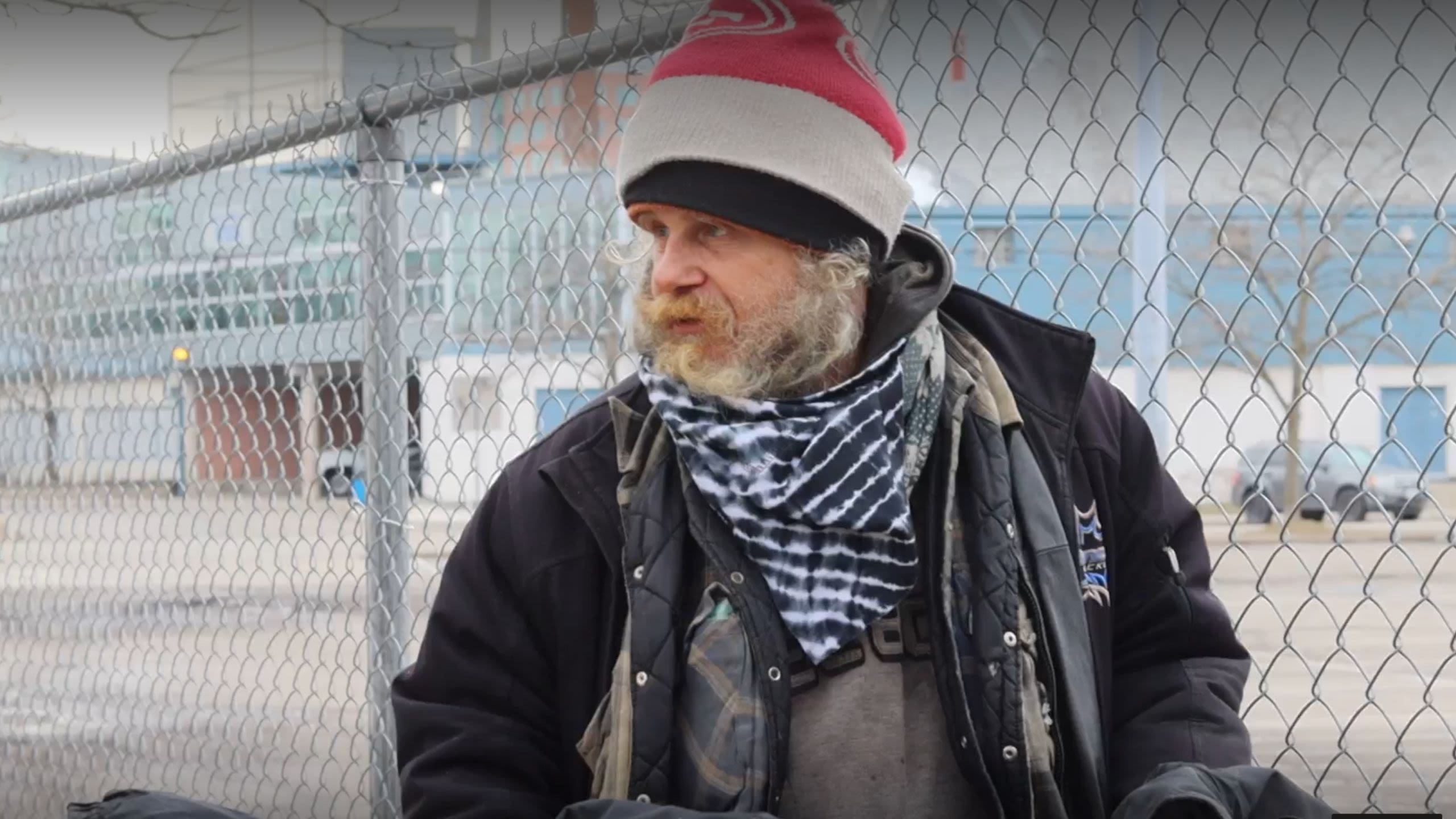
Homelessness in Canada
Throughout our research on homelessness and loneliness in Canada, it has come to our attention that this is an under-studied topic.
There are many reasons one may experience homelessness. The increasing housing market and renting costs might have driven them to homelessness. They might be fleeing an abusive partner. They may have lost their job. Or they may find themselves struggling with mental health issues. Somewhere along the way, the system might have failed them.
Those experiencing homelessness not only feel lonely but also dehumanized. They feel ashamed. And they feel that way because
of us.
Click the link below to learn more about how loneliness and homelessness are tied together, and how we need to do better.
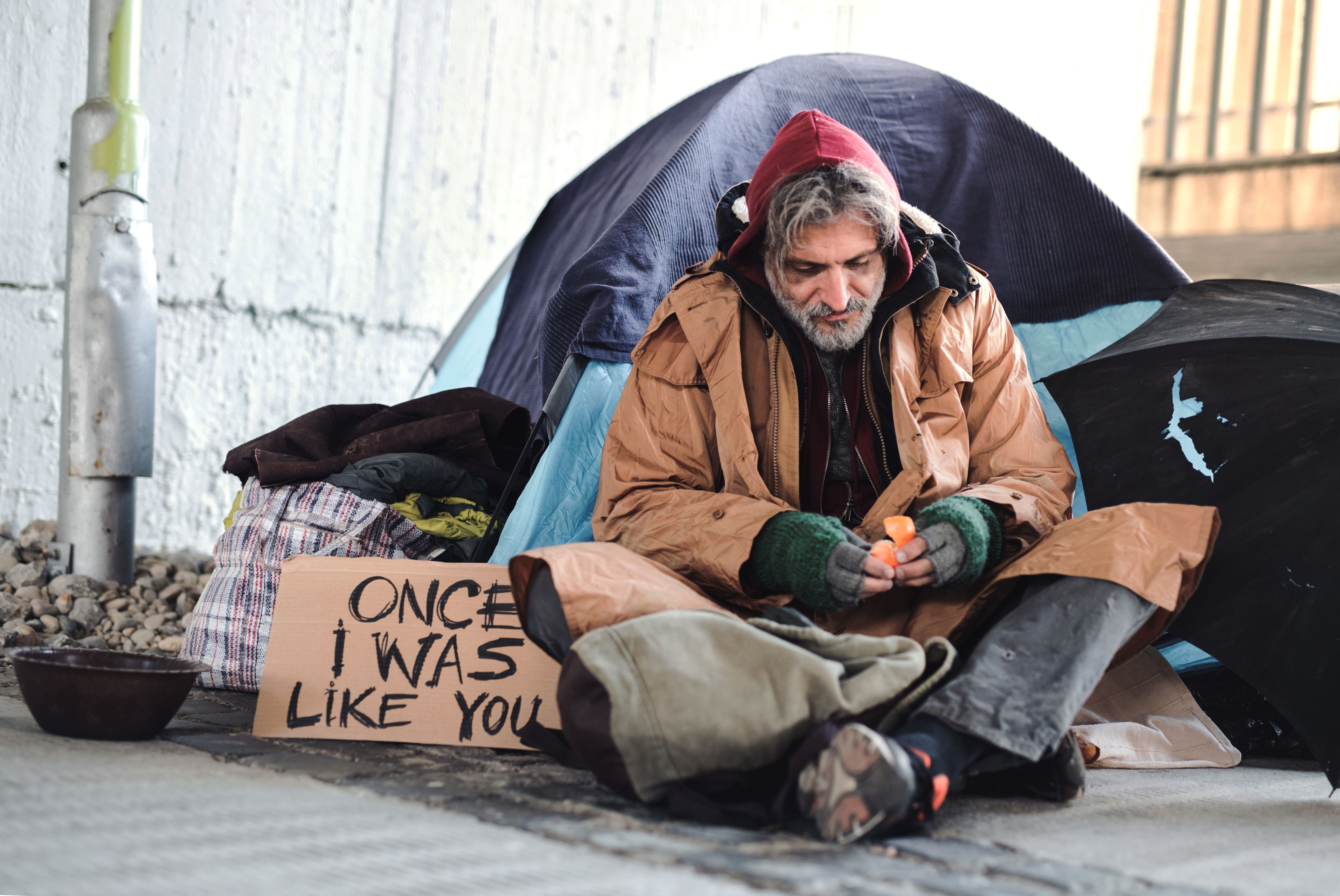
Homelessness in the United Kingdom
Alongside the core issues homeless people face daily, such as their safety and finding food, loneliness and feeling isolated is a more than a common problem for people in need.
The below article dives deeper into the homeless crisis the UK is facing.
Seniors and Loneliness
From the perspectives of Canada and
the United Kingdom
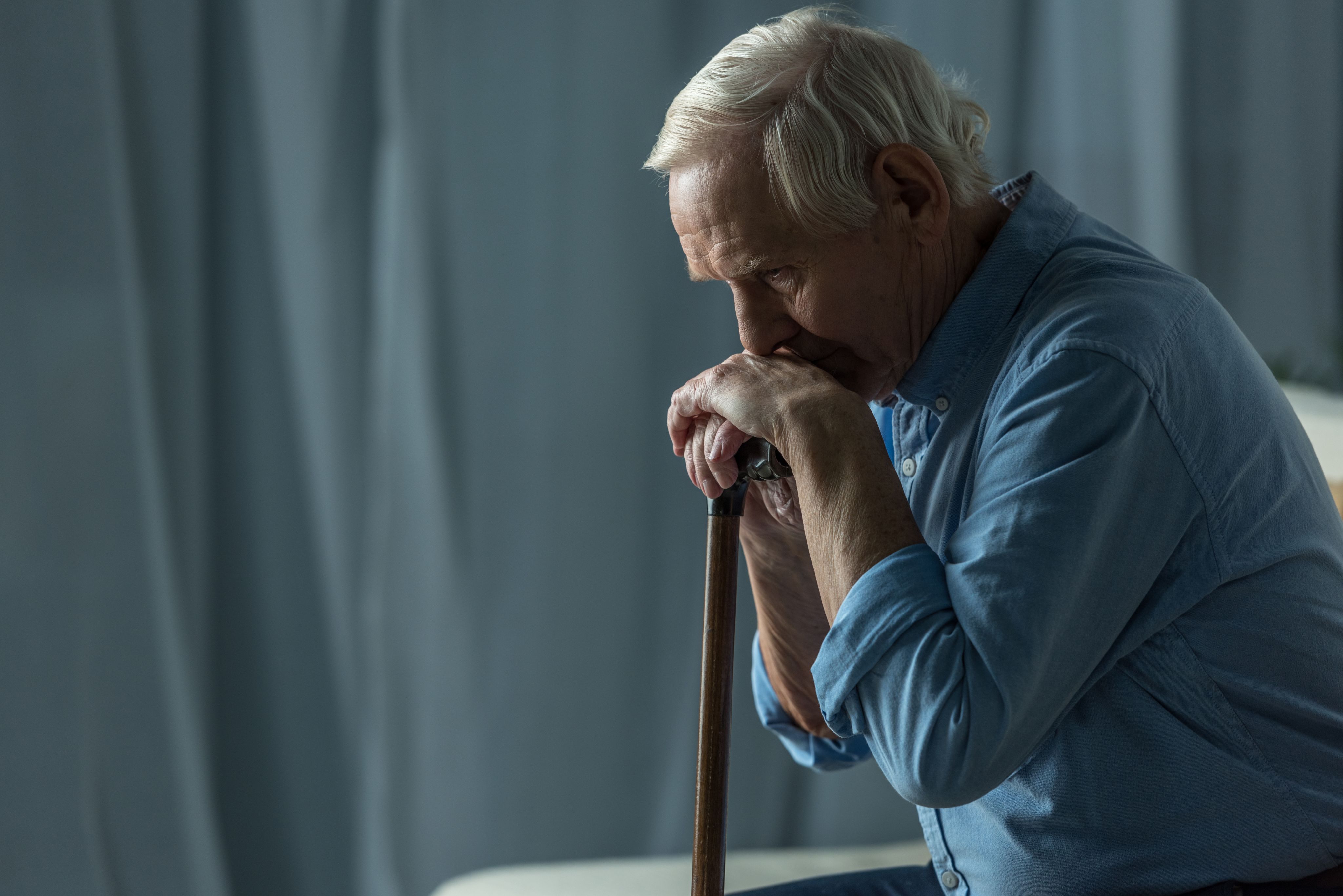
Loneliness in Seniors in Canada
Before the pandemic, there was not a lot of public discussion about how seniors experience loneliness. One of the reasons for this is because seniors are statistically less likely to report feelings of loneliness than younger demographics.
The below article dives deep into the issues of long-term care homes, and how loneliness is felt among its residents daily.
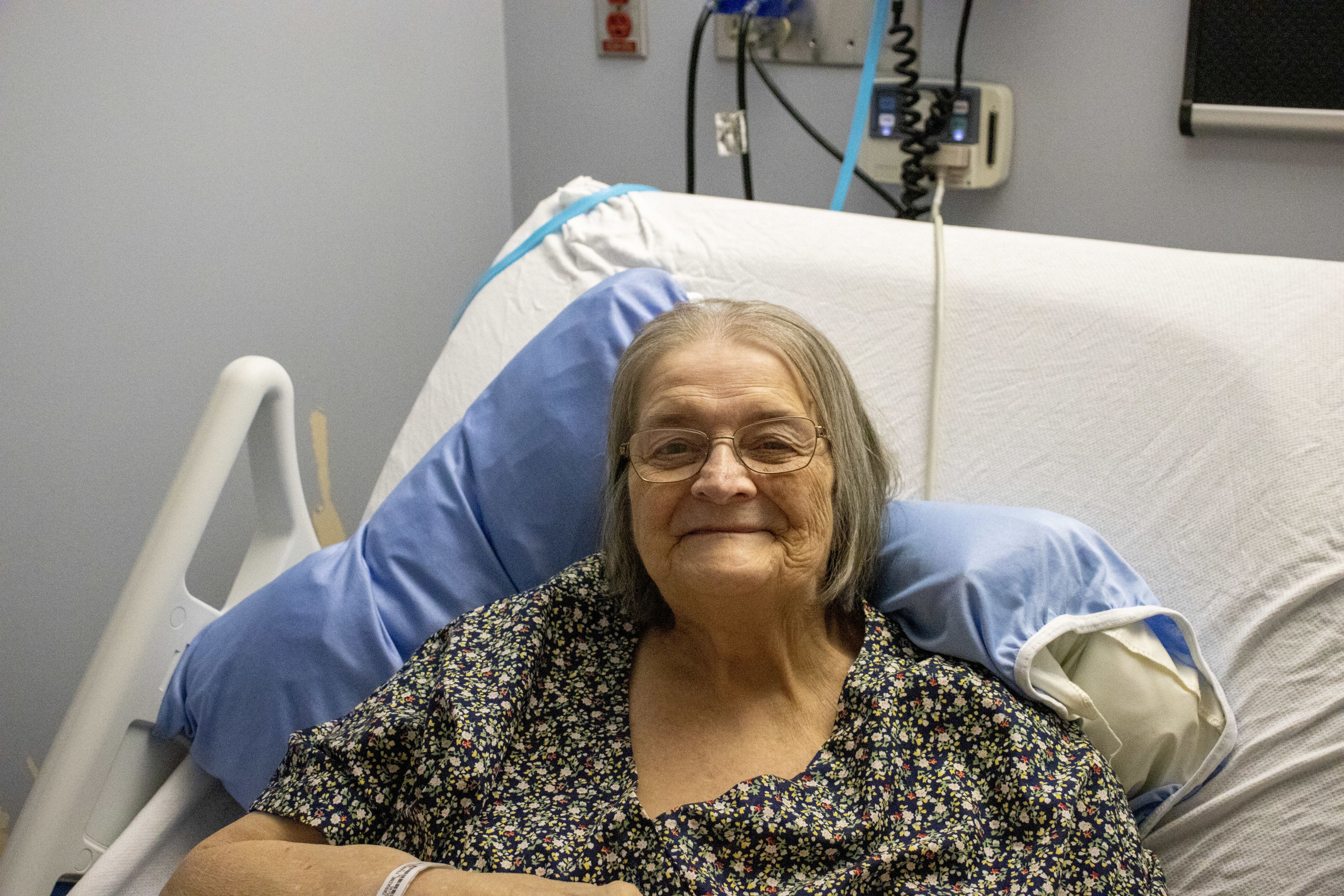
Loneliness in Seniors in the
United Kingdom
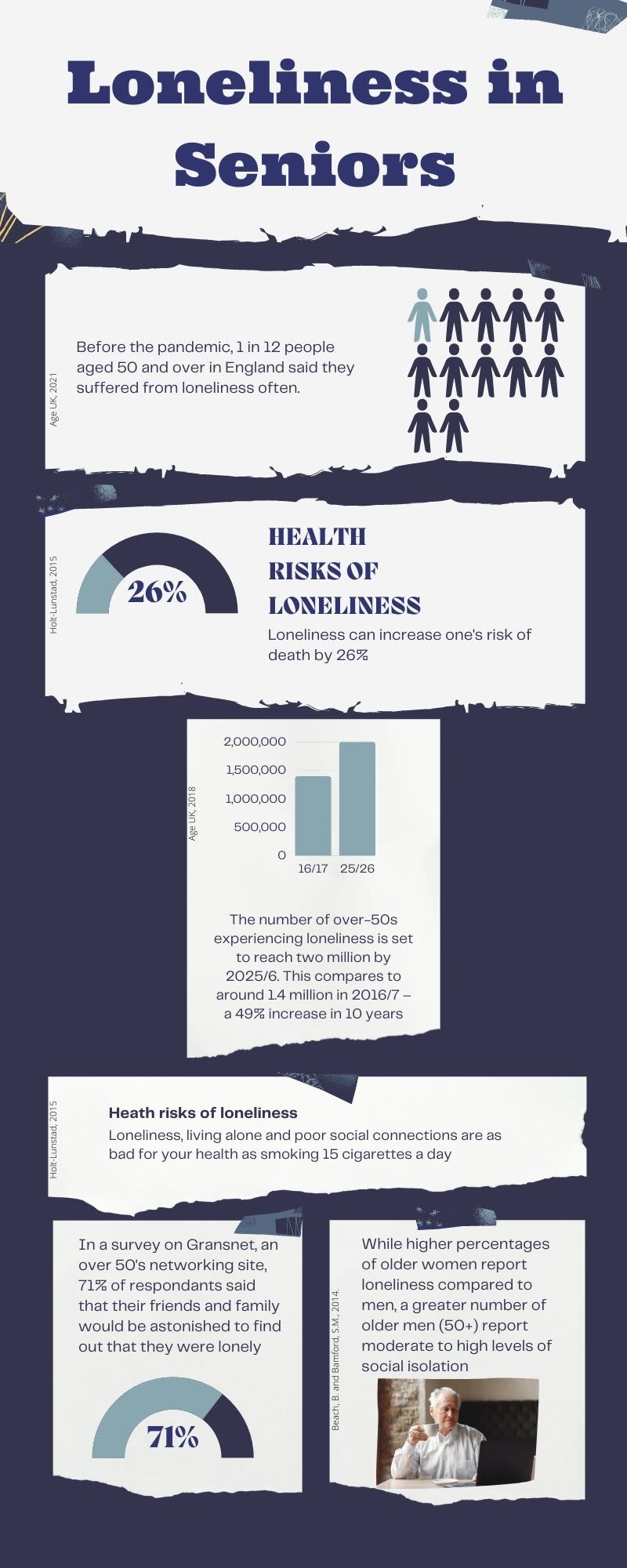




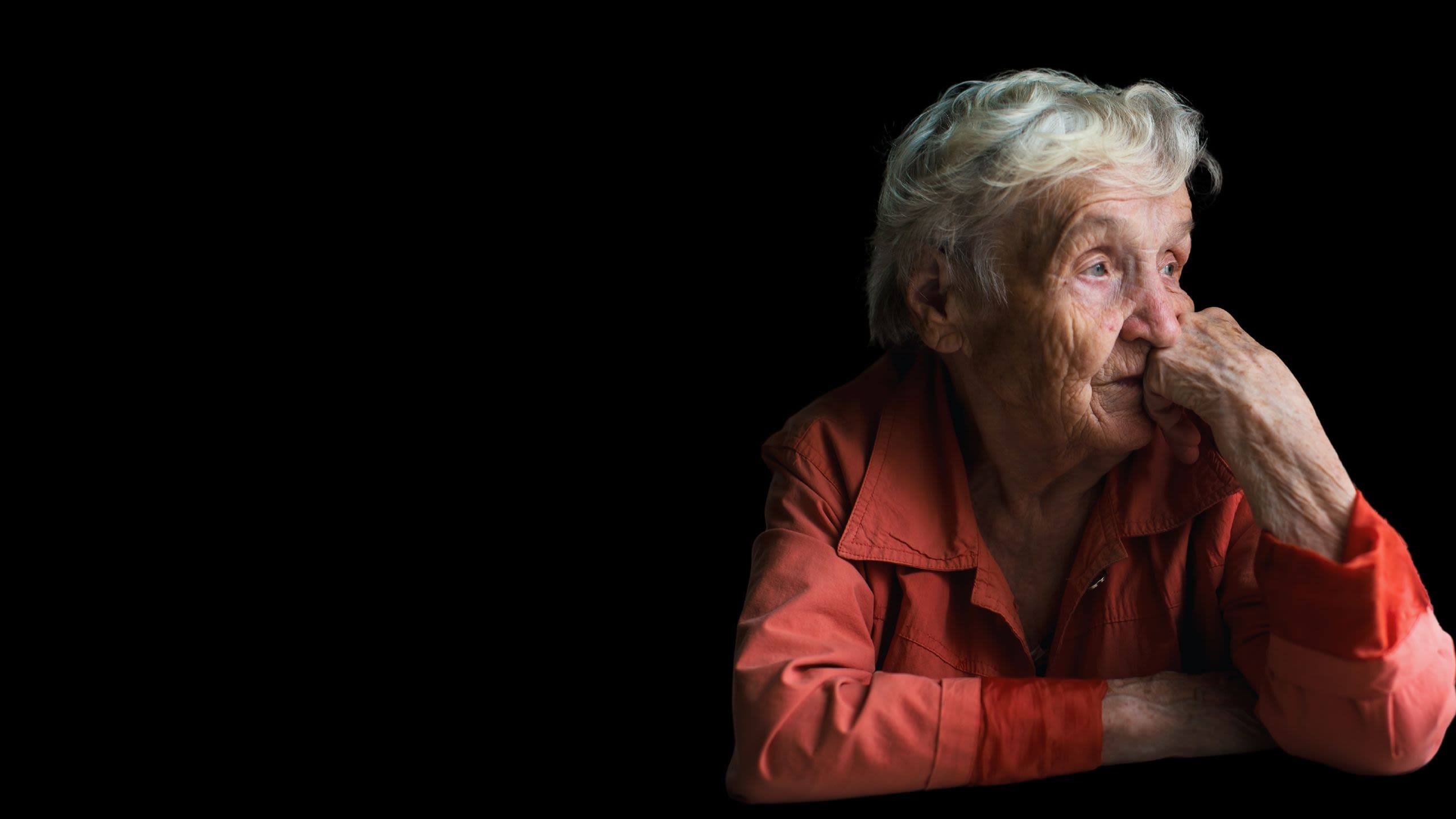

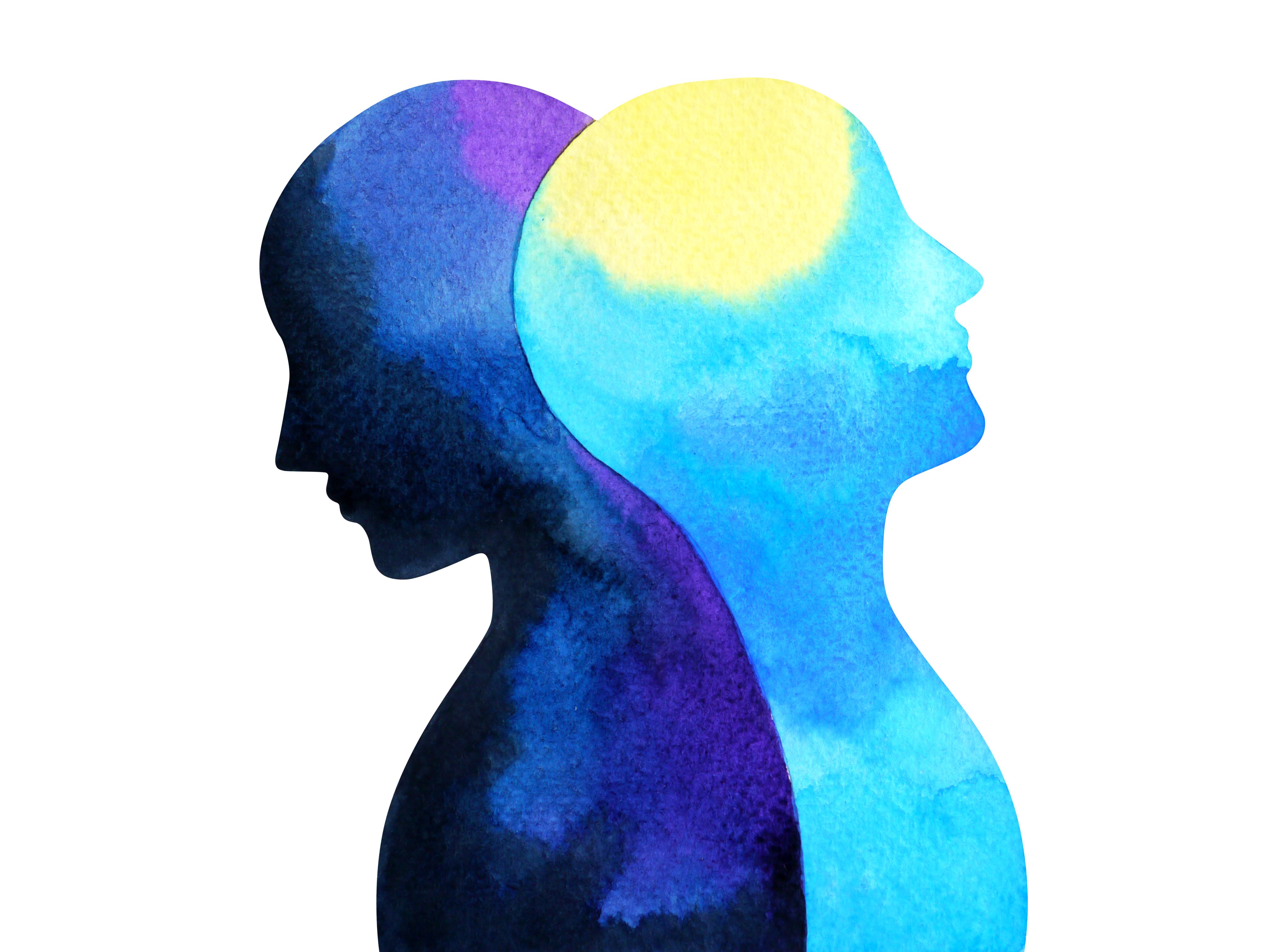
Mental Health and Loneliness
In this section we explore how mental health,
LGBTQ+ communities, Islamophobia, addiction
and codependency are all impacted by loneliness.

Stigmatized Mental Health
Stigmatized mental health is when society shames people who live with a mental illness or seek help for emotional distress such as anxiety, bipolar disorder, or PTSD.
The pressure of mental health stigma can come from family, friends, coworkers, and society.
A common view about people with mental illness is that they are violent. About 7 percent of people think those with mental illness are more brutal. However, people living with mental illness are 10x more likely to be victims of a crime.
People living with depression are often viewed as lazy. Others who deal with anxiety are judged as cowardly.
50 percent of Canadians who are
at least 40 years old experience
mental illness.
Many people are scared that they will be labeled “crazy” just for seeking help from a therapist. 40 percent of people with depression refuse to seek treatment because of stigma. About 60 percent of adults with mental health don’t receive help. According to a study, over 90,000 people find that the stigma of mental illness is one of the top reasons they don’t get help. 12.6 percent said they didn’t get help because their neighbours might have a bad opinion.
Stigma can lead to poor mental health and isolation. 25 percent of people suffer from loneliness.
LGBTQ+ and Loneliness
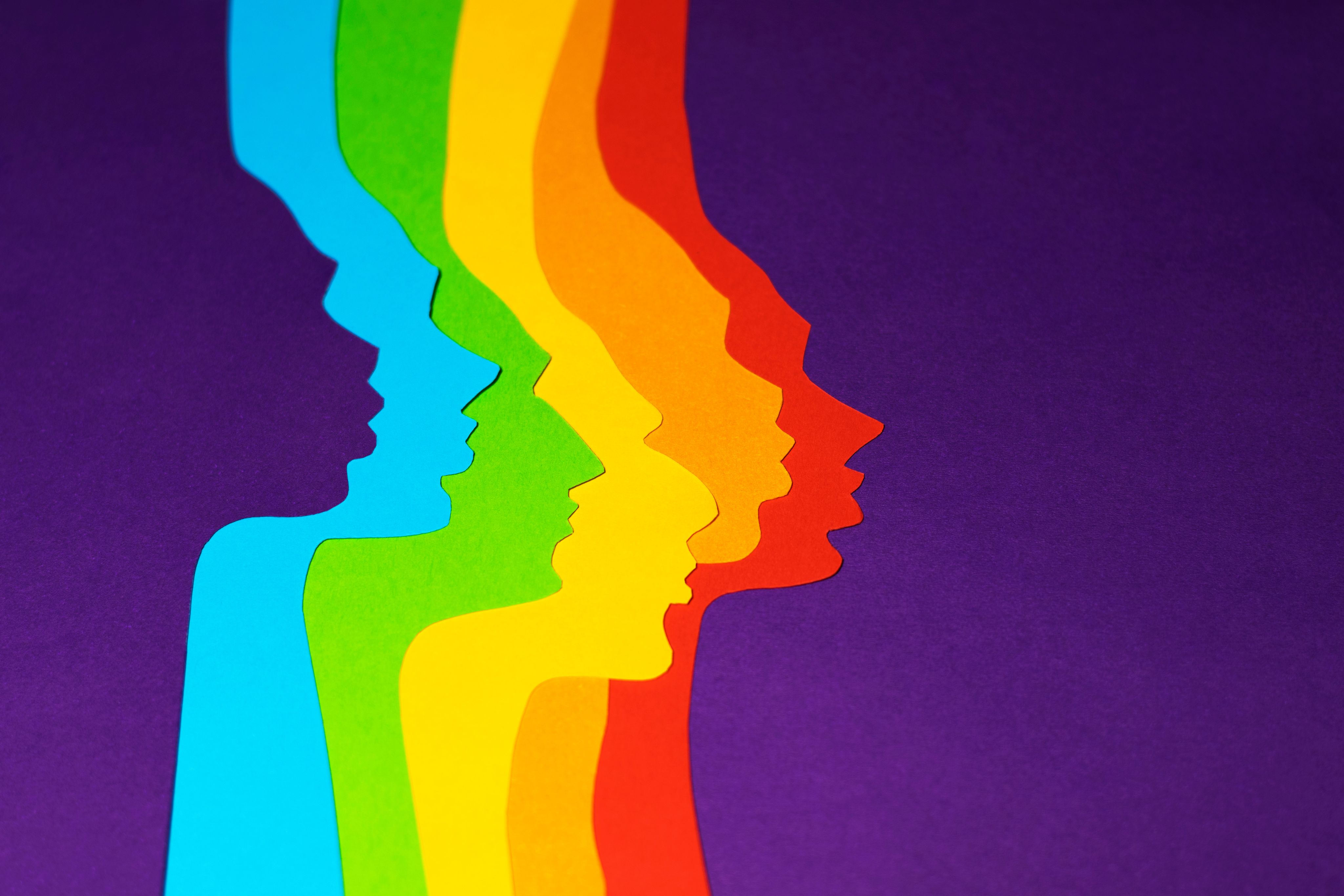
High levels of loneliness are often reported by members of the LGBTQ+ community. This is due in part to their position as social minorities and the feelings of isolation that come along with that. Unfortunately, these feelings of loneliness sometimes translate into feelings of depression and suicide attempts.
Click the button below to read more on how those who identify as LGBTQ+ experience loneliness.
Islamophobia and Loneliness
Stories from Toronto, Ottawa, Waterloo, and Montreal. Four Canadian Muslim women are speaking out about their experiences of Islamophobia and how it intensifies the feeling of Loneliness.
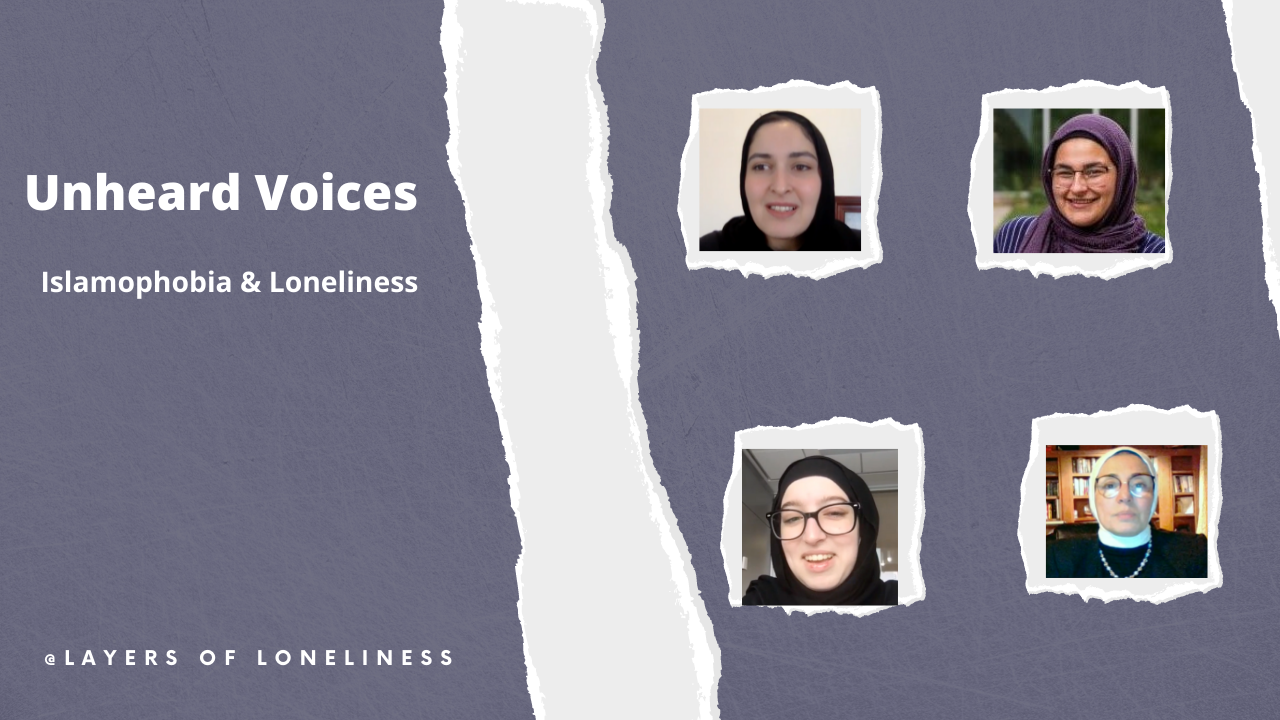
Loneliness and Addiction
For many, substance use is an escape from a lonely world. A researcher details her findings on how the COVID-19 pandemic became an epidemic of loneliness and substance use for young people.
Substance users share stories of loneliness and how it contributed to their addiction.
Loneliness and Co-Dependency
Codependency can show itself in many different ways. It can be two people in a relationship, with one partner giving everything they have but getting nothing in return. It could be a partner in a relationship with someone who has a drug addiction, but instead of helping them, they're actually enabling them ( by always bailing them out, doing tasks for them, etc). Codependency could also be between friends or family members, where one person feels the need to "fix" everything, or they feel like everything is their fault.
Many individuals report feelings of loneliness within their codependent relationships. Click the button below to learn more.


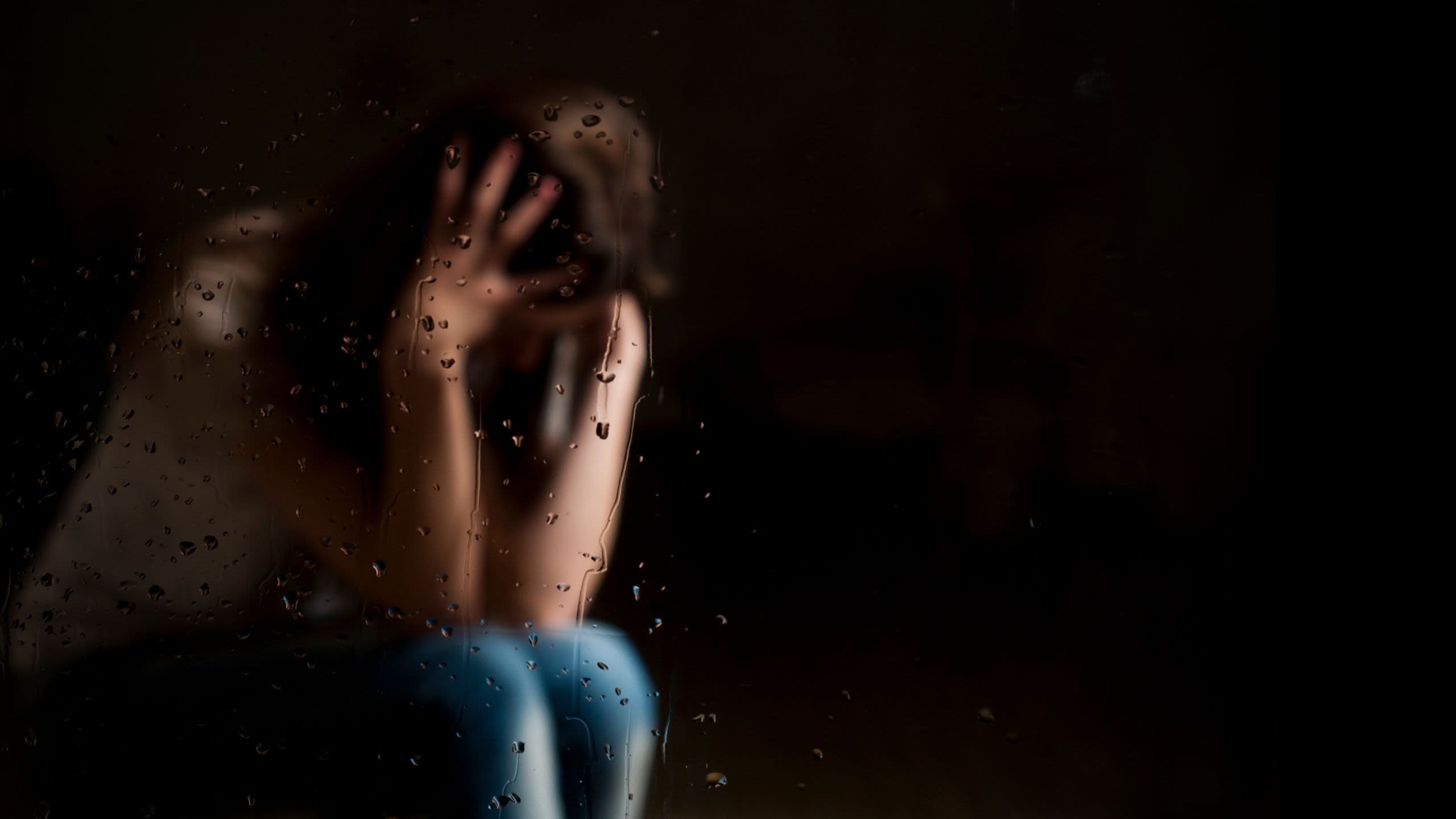




Social Loneliness
In this section we explore cinemas and literatures portrayal of loneliness, loneliness in online gaming, and how social media can be isolating, even when we're together. We also dive into conspiracy theories and the fringe groups that prey on the lonely.
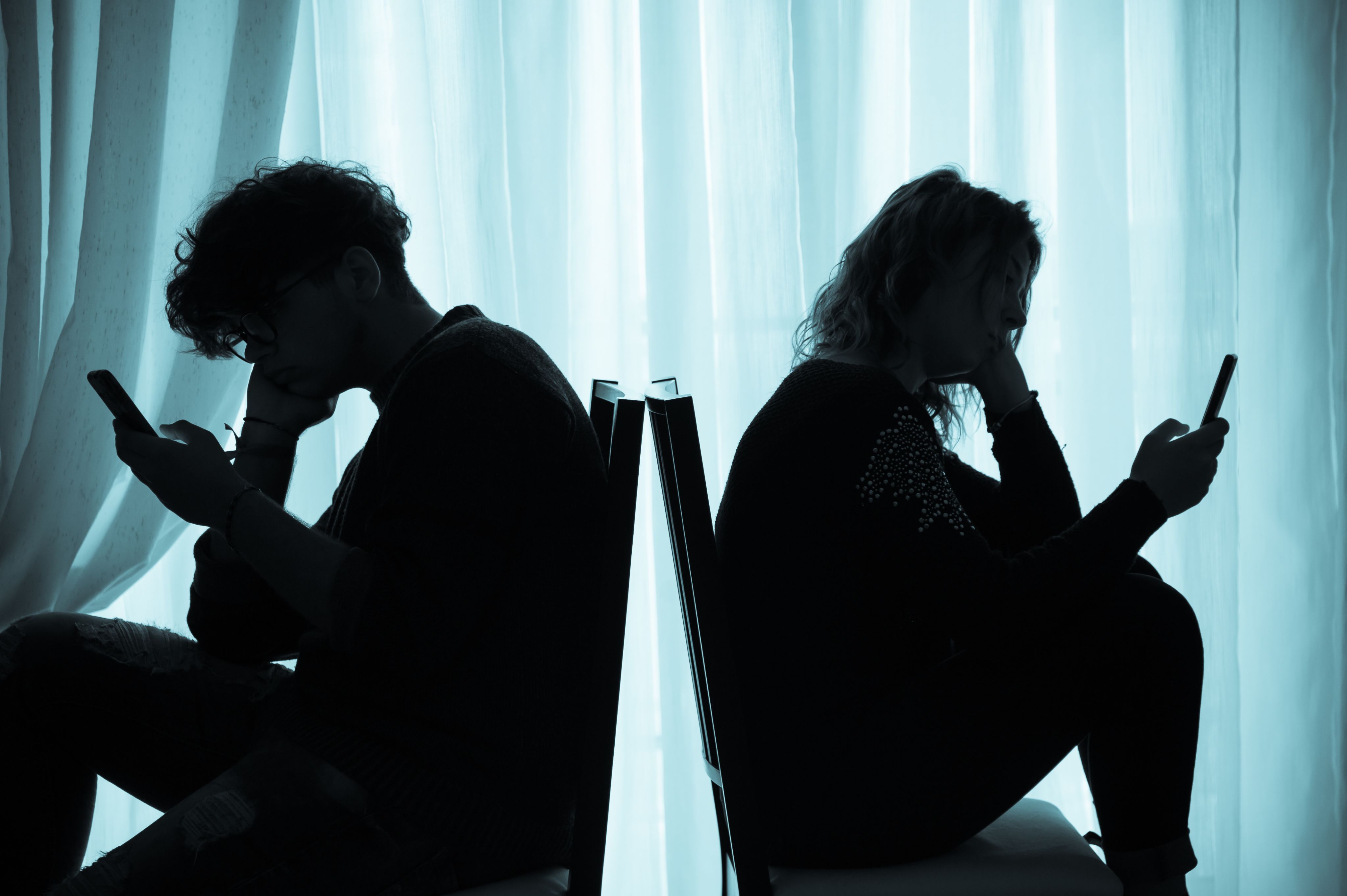
How Cinemas Portray Loneliness
Filmmakers are creative when addressing the issues of loneliness in their work. Also, watching movies can help fans overcome the mental health challenges posed by loneliness.
"Even on a very superficial level, the end of a hard week. And you're not feeling pleased, or for whatever reason, you put on an old movie that you've seen many times before. It's a comedy, and it just relaxes you. Chris Knight, the film critic in National Post, said.
“There is no deep psychology there. But often, a film can make us calm down and be in one place, and sort of still our mind, especially if it's a movie. You've seen maybe many times before because it's not surprising anymore. But it is comforting.”
In the film Cast Away, Chuck, played by Tom Hanks, sits on his knees talking to his only friend. He made him from a ball and draws Wilson's face in the blood left behind by his own hand. There was nobody he could talk to.
In "Castaway, the director showed the empty island in every shot, a nightmare for lonely people.
In “Am I legend?” Robert Neville (Will Smith) is the last human in what is left of the world. For three years, Neville has faithfully sent out daily radio messages, desperate to find any other survivors who might be out there. Will Smith was confused, then as a challenge The director created horror feelings for fans who imagined themselves in the same place and circumstances.
"The real change in the last few years where just as we all became isolated. It becomes possible to experience things collectively individually in isolation. And we're doing this over zoom, which wasn't even something I would have considered doing. Two and a half years ago, I was doing interviews by phone," Norman Wilner, the chief film writer for Now magazine, said.
May some critic writers have another vision.
"I guess ‘Safe’ movie directed by Todd Haynes starring Julianne Moore from 1995. It's more about paranoia and disease. But it's about someone who is forced to isolate herself for some reason. She develops an environmental illness or at least thinks she does. It's very ambiguous deliberately, whether it's a psychological or real physical problem." Wilner said
Cinema inherited the themes of loneliness and solitude from literary novels such as "Ulysses" by James Joyce, "In Search of Lost Time" by Marcel Proust, and "The Old Man and the Sea" by Ernst Hemingway.
According to IMDB, the number of films about loneliness has reached 86. Films often portray superheroes like Superman, Batman, and Captain America as icons of power. But the heroes are isolated and lonely and communicate with people through the lens of their heroism, not their humanity. Some isolated people can make a significant jump in arts, such as the French novelist Marcel Proust.
Loneliness in Literature
The two novels, "The Old Man and the Sea" by the American Ernest Hemingway and "The Fifteen Dogs" by the Canadian Andre Alexis, are the authors’ most famous books. Both are reviewing loneliness. First, we talk about the isolation resulting from age and poverty. In the second, we talk about the isolation resulting from the difference in the structure itself. Hemingway's protagonist "Santiago" confronts his isolation by transforming the environment into characters. The sea was considered a woman, and the sea's fish were considered friends, and some were enemies. He was creating feelings about things, creating a crowded world without isolation.
In Alexis' novel, the gift of intelligence to dogs is a curse on them. They lived in misery and died miserably. Because of that isolation, the love stories between them and others are impossible to verify. Isolation in " Fifteen Dogs' causes the inability to verify. Between Hemingway and Alexis, the human tragedy manifests in loneliness and isolation.
Loneliness in Online Gaming
With gaming evolving over recent years, players are no longer sitting alone, isolated, cutting themselves off from friends and family. Quite the opposite. Online gaming has fast become a helpful tool for those suffering from social anxieties and even allows them to socialize with friends from around the world, without the pressures some feel in person. This article looks at how the recent data on gaming, along with an interview with a long-term online gamer, suggests that online gaming is now rather a combative tool for battling feelings of loneliness, rather than the cause it was implied to be several years ago.
Social Media and Loneliness
Social media has allowed us to come together with other people in ways that could not have been imagined 20 years ago. But does it bring us together or isolate us further?
The idea of interacting with someone thousands of miles away with the click of a button now is not hard to believe because as a society, it is now the norm. However, Social media platforms meant to create wider connections may be triggering loneliness, experts say.
The pandemic has made many people 60 years and up lonely and depressed. Due to online interaction, many older people faced an increase in loneliness and long-term mental health disorders. Lancaster University doctor, Yang Hu, says older people who were not used to the technology found it frustrating on how to use Zoom. Those familiar with technology were still stressed due to the lockdown. They even felt it was more damaging to their mental health than coping with isolation.
Read Fiona's story on how being addicted to Social Media has changed her life and made her feel lonely










Conspiracy theories and loneliness

Lonely individuals and those struggling with mental health issues may prove particularly susceptible to fringe thinking in the dark recesses of the internet, including those relating to conspiracy theories, and hate groups.
Below are two pieces. One will bring you into the life of a family fractured by the dangerous fringes of the internet, and another that dives into the link between the pandemic, mental health, loneliness and conspiratorial thinking.



Coping and Prevention
How to combat and prevent loneliness
And where to go if you need help

Looking Ahead
Many people experience loneliness. Especially during the uncertainty the pandemic has brought on over the last two years. Many of us are feeling anxious about going back out in public. That is completely okay. If you're looking for ways to look ahead and feel better, click below for some tips and to read what an expert has to say.
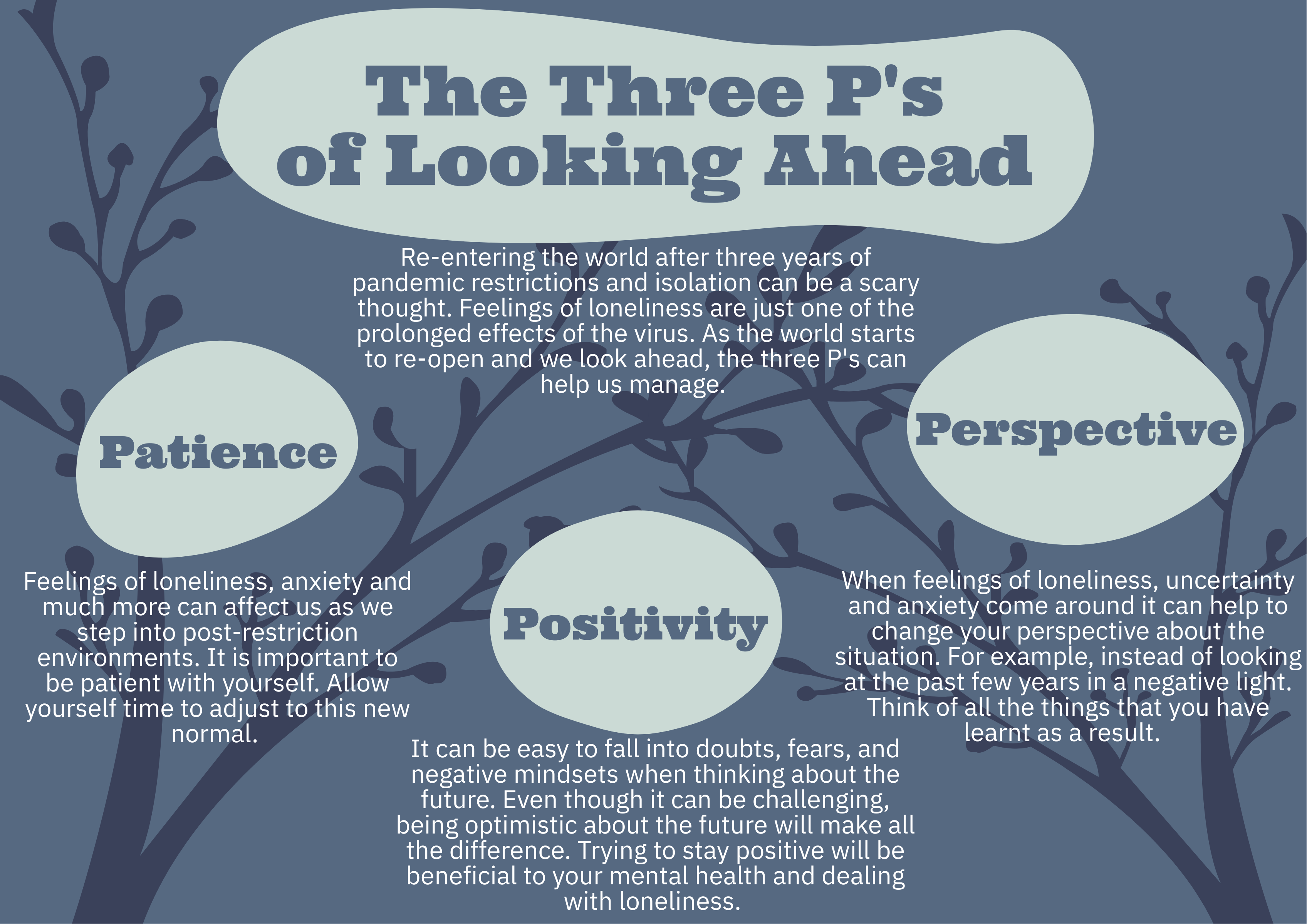
Coping and Prevention
The last two years have brought on unwanted anxiety and feelings of loneliness. Even before the pandemic, loneliness was a worldwide problem. How do we cope and prevent ourselves from further feelings of loneliness? How do we help ourselves and each other move forward with a resolution and a strengthened feeling of community? Click the link below to see what an expert has to say.
Wellness Services in Ontario
Combating loneliness with music
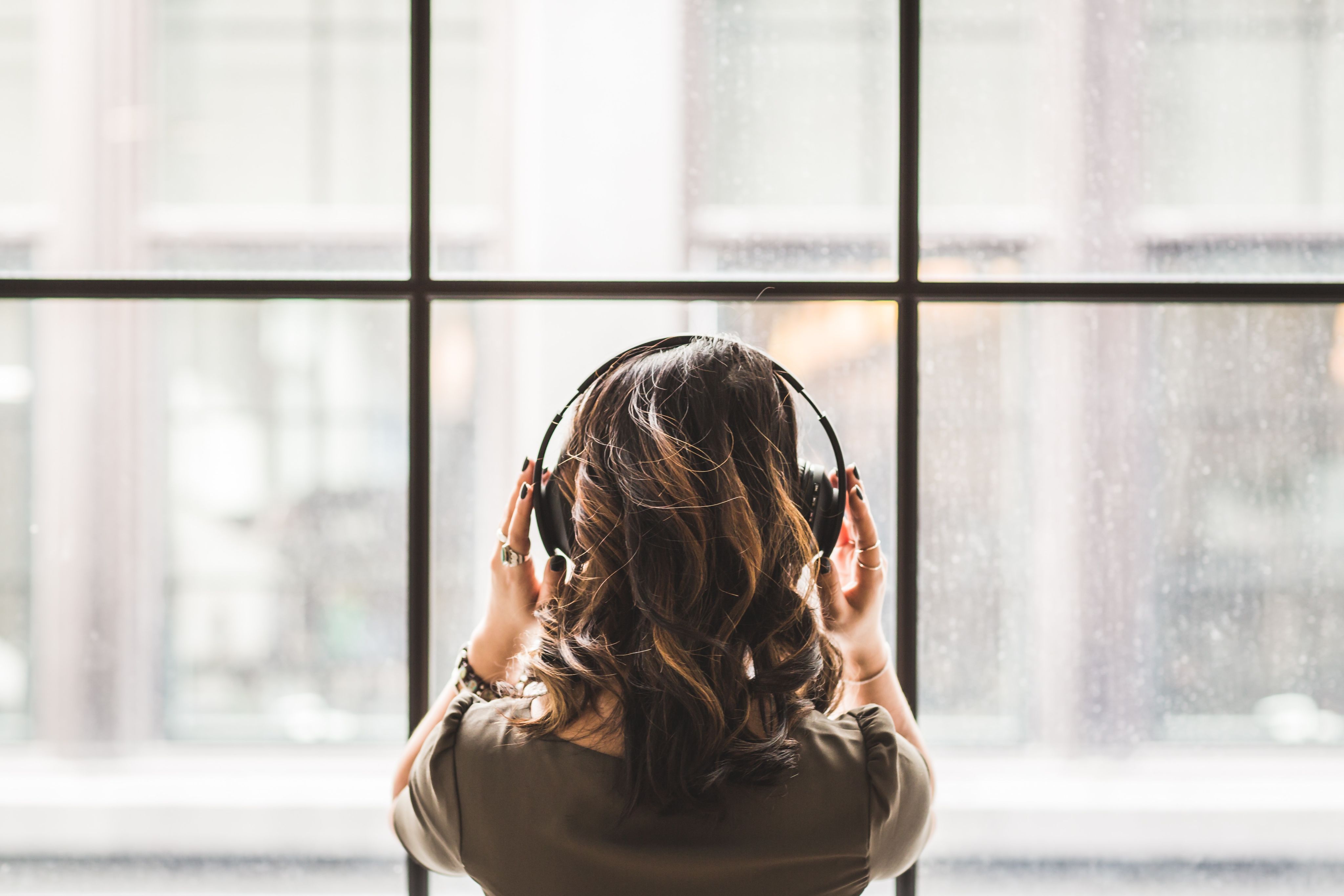
Music can impact the way we feel.
Though music is seen as a tool that has been used to improve moods, it can also have the opposite effect. The music we listen to can bring back memories that we may have forgotten or closed off. A specific song may bring back those feelings that we once felt, including feelings of loneliness.
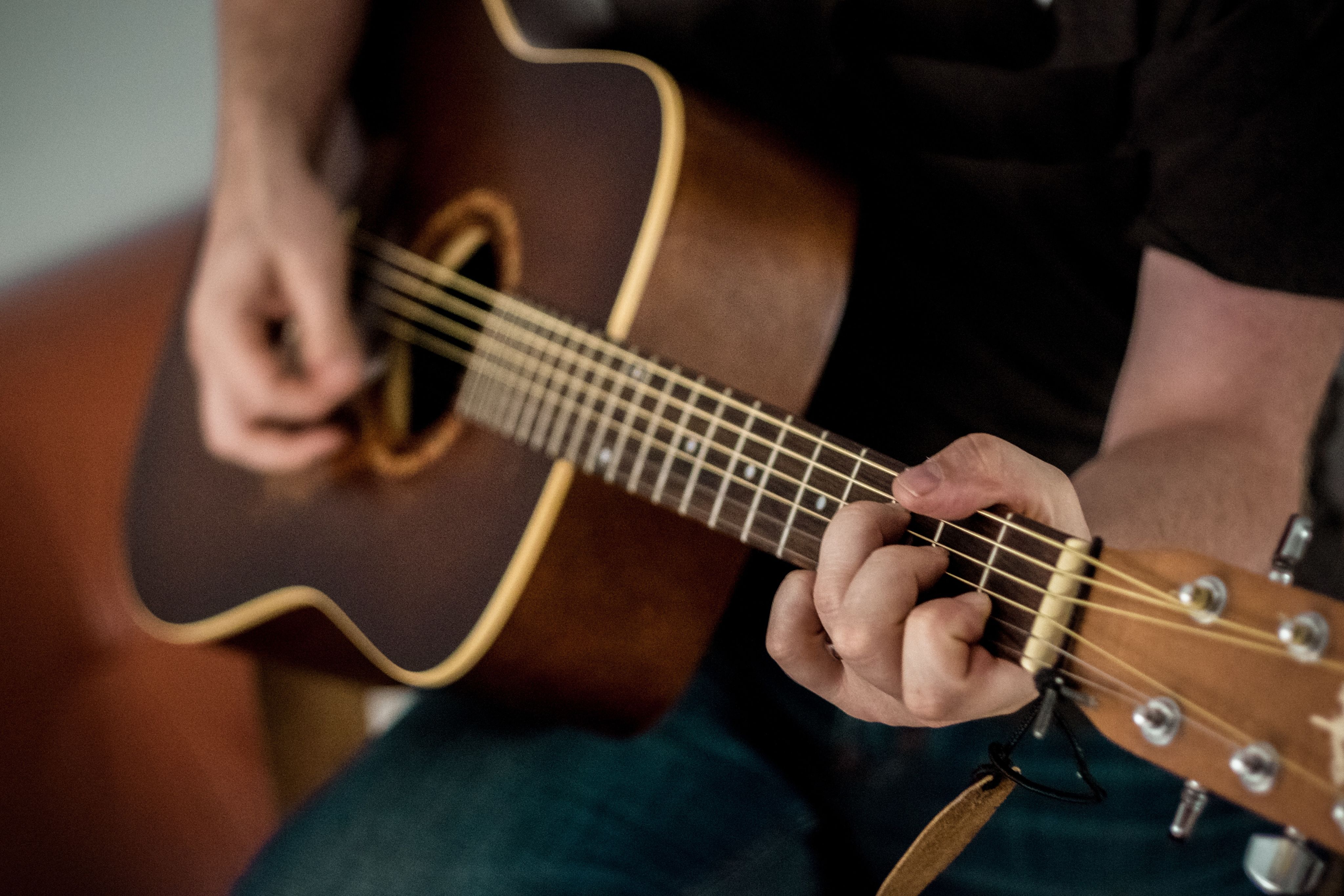
Music having an impact on the way we think and feel is not as far-fetched as some may believe. As the brain reacts to the music that we listen to, we do not only get an emotional response but a physical one as well. When we listen to music that resonates within us, our bodies receive hits of dopamine.
“Music can control your fear, make you ready to fight and increase pleasure… When you feel shivers go down your spine, the amygdala is activated,” says Professor Ayanko Yonetani, a world-renowned violinist. The amygdala is the part of the brain that is known for triggering emotions. The “shivering down the spine”, is a reaction that the body gives when the amygdala is triggered. Another example of this is when the hairs on your arms stand after a frightening experience. That is a reaction from that part of the brain. The emotions that are triggered are a response to the way a person feels from what they are hearing. It is a personal experience for each individual.
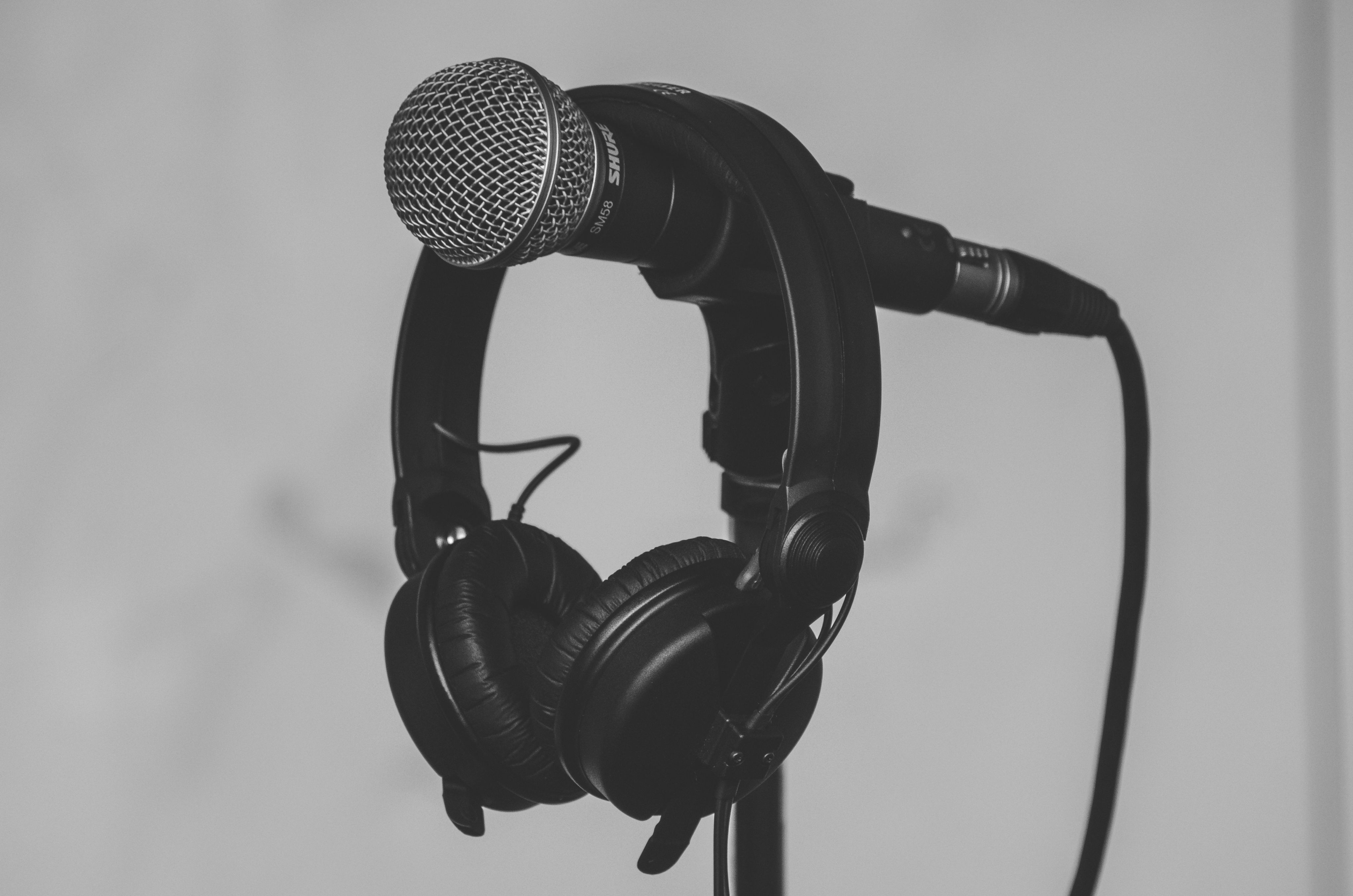
With mental health, there are different ways that music can help. Musical therapy is a type of therapy that helps physiological behaviors with the help of musical treatments. The practice focuses on relaxation and other forms of calming methods. Research shows how musical therapy is effective for people with mental illness. After an experimental study done by a musical therapy company known as LUCID, researchers found that participants, through the musical therapy that LUCID provided, had a reduction of anxiety by close to 16 per cent. Frank Russo, a Psychology Professor at Toronto Metropolitan University, stated in an article by Surbhi Bir that since the pandemic, more digital health tools have been used to help individuals who may be struggling with adapting to their new way of life. Being able to have more alternative ways of dealing with mental health issues is crucial. In the article, Aaron Labbe, who is co-founder of LUCID, explains how important their step in the direction of musical therapy is. “With so many people struggling with anxiety right now, we’re very excited to have clinical evidence for our therapeutic music technology. We’ve come a long way on our mission to turn music into medicine.”
Music is an essential part of many individuals’ lives. Understanding the impact it can have on our feelings and the possibility of making music into medicine is one way to combat feelings of loneliness.
Here are some songs that make us feel happy
Conclusion
Working on this project over the last few months has made us aware of just how many people experience loneliness. Loneliness is something that resonates with almost everyone in one way or another.
We feel loneliness in the social isolation required to stay safe from a world-wide pandemic. It can emerge unexpectedly from a mental illness that's been hiding in plain sight. It can seep in during the dehumanizing experience of homelessness.
It presents itself in the elderly who find themselves in long-term care home cut off from their families and often estranged from the staff who are employed to care for them.
We find loneliness in the stories of people who move to Canada to create a new life. Sometimes, so far away from their families, and so far away from their homes, they find themselves rejected by their new country.
We see loneliness in the films we watch and the books we read.
There are so many layers of loneliness. More than we could cover, more than we could count.
People experience loneliness everywhere.
From Canada to the United Kingdom, the students that collaborated on this project connected because they all had at least one thing in common: the feeling of being alone.
It brought us together.
As we peeled back the layers of this onion, we began to find solutions.
We hope that our research and resources will help readers understand loneliness. We hope that people will remember as they read that they are not alone.




